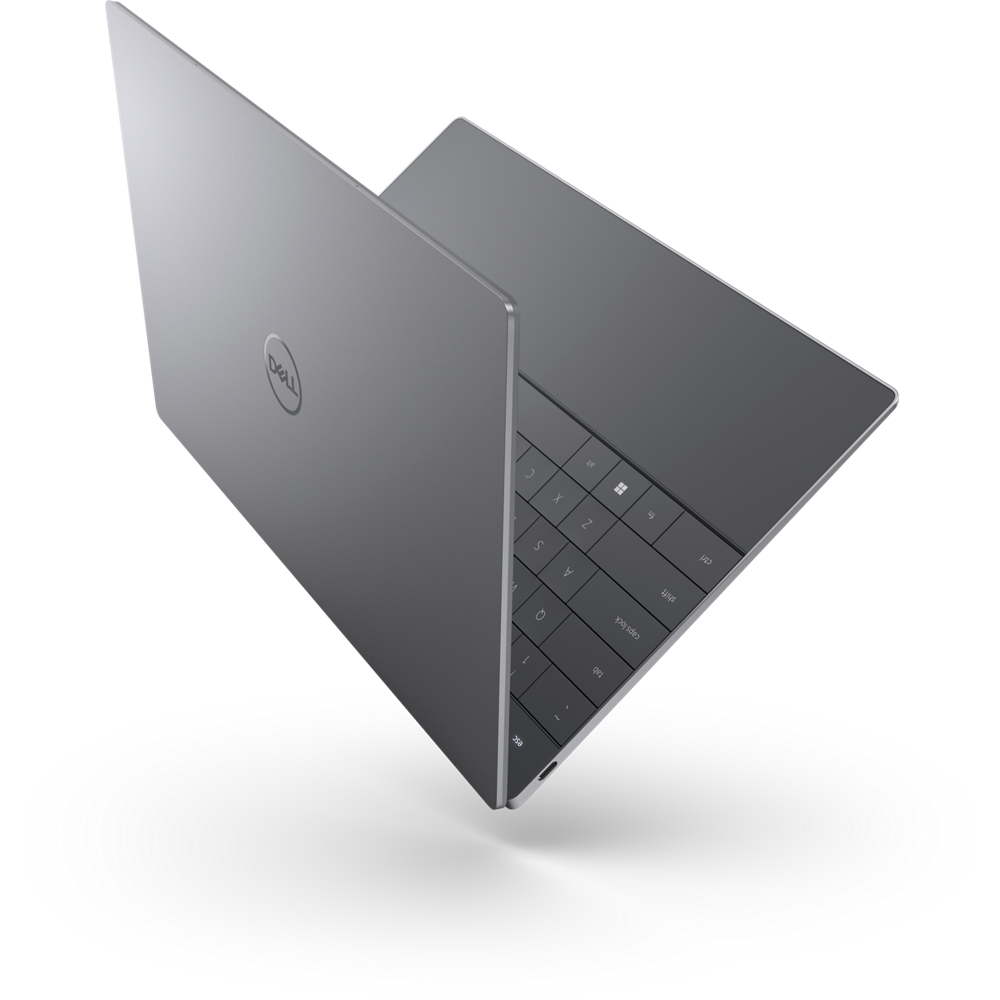
Dell will unleash the Qualcomm Snapdragon X Elite chipset on the upcoming XPS 13. This will be one of Dell's first laptops with the Snapdragon X line of chipsets.
Today, at Microsoft Build in Redmond, WA, Dell announced its first five laptops with the Qualcomm Snapdragon X platform. Multiple manufacturers announced its first Snapdragon X PCs as part of Microsoft Build, which is over six months after the Snapdragon X Elite was first announced in October 2023.
The Dell XPS 13 and Latitude 7455 are configurable with the Snapdragon X Elite or X Plus chipsets. The Inspiron 14 Plus (7441), Inspiron 14, and Latitude 5455 will all come with the Snapdragon X Plus chipset.
As Dell's flagship laptop, the XPS 13 with Snapdragon X Elite is expected to put out high-level performance that should level the playing field against Apple's M3 chips. In fact, based on expectations for the Snapdragon X Elite chipset, the Dell XPS 13 could outpace the Apple MacBook Pro M3.
Dell XPS 13 Snapdragon specs
To determine how the XPS 13 may stack up against the MacBook Pro M3, we need to know the specs to gauge the laptop's performance. Dell offers the XPS 13 with the Snapdragon X Elite or X Plus as a configurable option.
The Snapdragon X Plus XIP-64-100 chipset features 10 computing cores with up to 3.4GHz of computing speed. The Snapdragon X Elite XIE-80-100 chipset houses 12 computing cores that offer up to 3.4GHz of computing speed with a Dual-Core Boost that can ramp performance up to 4.0GHz speeds.
Both chipsets come with the integrated Qualcomm Adreno 740 GPU and Qualcomm Hexagon NPU, which offers up to 45 TOPS (trillions of operations per second) of AI performance.
The XPS 13 sports three different display configurations for the 13.4-inch panel. At launch, two of these options will be available.
The first option is the FHD+ (1,920 x 1,200) InfinityEdge non-touch LCD (Liquid Crystal Display) that features 500 nits of typical brightness, 100% coverage on the sRGB gamut, with Dolby Vision, Eyesafe technology, and an anti-glare coating.
The second option is the QHD+ (2,560 x 1,600) InfinityEdge touch LCD that offers 500 nits of typical brightness, 100% DCI-P3 color gamut coverage, with VESA DisplayHDR 400, Dolby Vision, Eyesafe Technology, and anti-reflective, anti-smudge coating.
The third display option will be available only post-launch. This is the one OLED (Organic Light-Emitting Diode) panel Dell is offering on the XPS 13 Snapdragon edition, at least for now. This 13.4-inch panel is a 3K (2,880 x 1,800) InfinityEdge touch OLED display with 400-nits of average brightness, 100% coverage of the DCI-P3 color gamut, VESA DisplayHDR TrueBlack 500, Dolby Vision, Eyesafe technology, and an anti-reflective, anti-smudge coating. The OLED panel is rated for 48-60Hz refresh rates.
The XPS 13 is available for pre-order now ahead of the launch which will come later this year. The starting price on the XPS 13 is $1,299.
Performance expectations for the Snapdragon X Elite make it a key competitor for the Apple M3 chipset

Qualcomm's Snapdragon X Elite chipsets belong to the ARM family of processors. ARM stands for Advanced RISC Machine, while RISC is an acronym for Reduced Instruction Set Computer. The most popular brand to use ARM architecture is Apple, however, Windows versions of ARM chipsets have been trendy among deeply dedicated computer enthusiasts for the last few years.
Ultimately, the performance of Windows ARM computers has been underwhelming, while the Apple M1, M2, and M3 CPUs have been setting benchmark records.
ARM technology can provide impressive performance, but we just haven't seen it yet with any publicly available Windows machines. This is what makes the Qualcomm Snapdragon X Elite such an interesting chip.
While we haven't gotten any of these CPUs into our testing lab yet, Qualcomm has been making claims about the Snapdragon X Elite's performance compared to the Apple M3. Of course, those benchmarks have been set by Qualcomm's custom-made laptops. And this makes the Dell XPS 13 so compelling.
Unlike many of the other laptops announced at Microsoft Build this week, the XPS 13 is Dell's flagship consumer laptop. At one point, the XPS line was positioned as the Windows equivalent to Macs. While that competition vacillated over the years, Apple won the race over the last few generations. The Dell XPS 14 with Intel's Core Ultra platform did put up quality performance against the Apple MacBook Pro 14 M3, but in a direct face-off, the MacBook Pro still came out ahead.
Intel's CPU architecture isn't an ARM chip, the Snapdragon X platform is. This is why the Dell XPS 13 with the Snapdragon X Elite could be a bigger threat against the Apple MacBook Pro M3. A recent leaked Dell memo indicates trouble for Intel compared to the Snapdragon chipsets.
If we take Qualcomm's stated performance metrics for the Snapdragon X Elite and compare them with our benchmarks for the Apple MacBook Pro 14 (M3, 2023), the Snapdragon X Elite does perform very well against the M3. On Geekbench 6, the Snapdragon X Elite reportedly earned a single-core score of 2,574 and a multi-core score of 12,562, while the M3 benchmarked with a single-core average of 3,163 and a multi-core score of 11,968.
Of course, we don't know if those Snapdragon X Elite benchmarks were achieved with the XIE-86-100 version of the chipset or the XIE-80-100 version which will be in the XPS 13. But if a top-end configuration of the XPS 13 with the Snapdragon X Elite XIE-80-100 chipset manages a 28% increase of computing power like the rumors indicate along with a 98% increase in battery life over the previous Intel models, Apple is certainly in trouble.
What about the Apple M4?
Apple is so notoriously close-mouthed that we can't make any predictions about the M4's performance. What we do know about the Apple M4 is rather limited. We think the M4 will launch at the end of 2024, as Apple released the M3 in early November 2023. We know Apple intends to lean into AI with the M4 chipsets, but that's about all we know.
As we don't even have confirmed benchmark numbers for the Qualcomm Snapdragon X Elite in production laptops, comparing that chip to the M4 which hasn't even been announced yet is the work of imagination.
Of course, if Apple continues its trend in impressive performance gains generation-over-generation with the M4, the Snapdragon could be reduced to just another under-performing Windows ARM chip.







